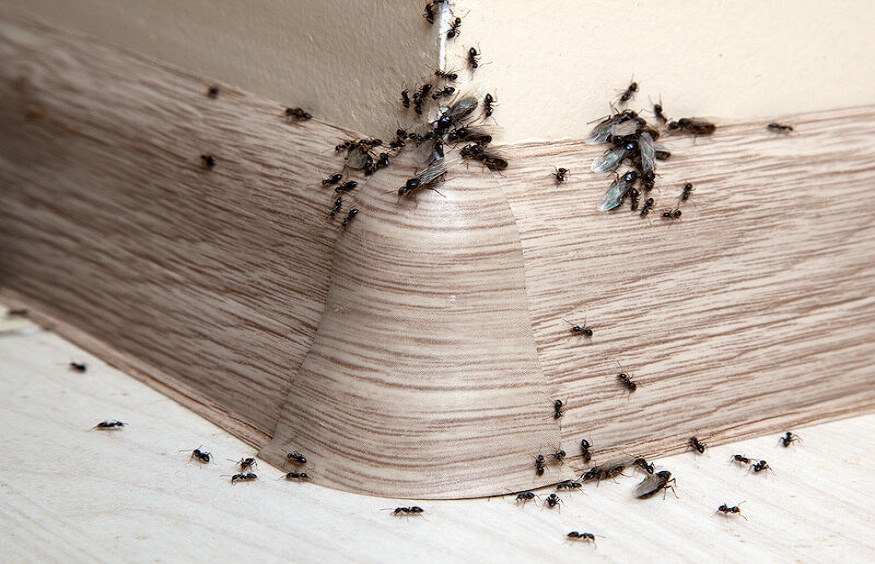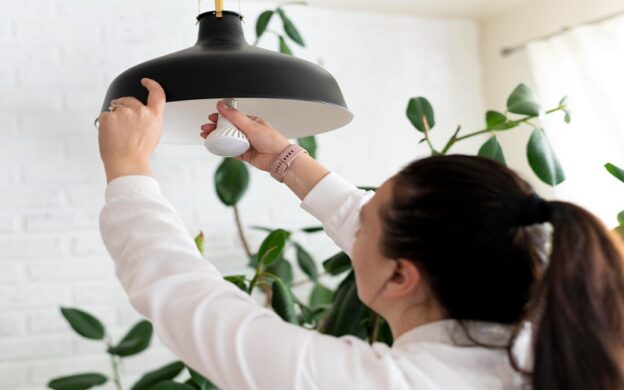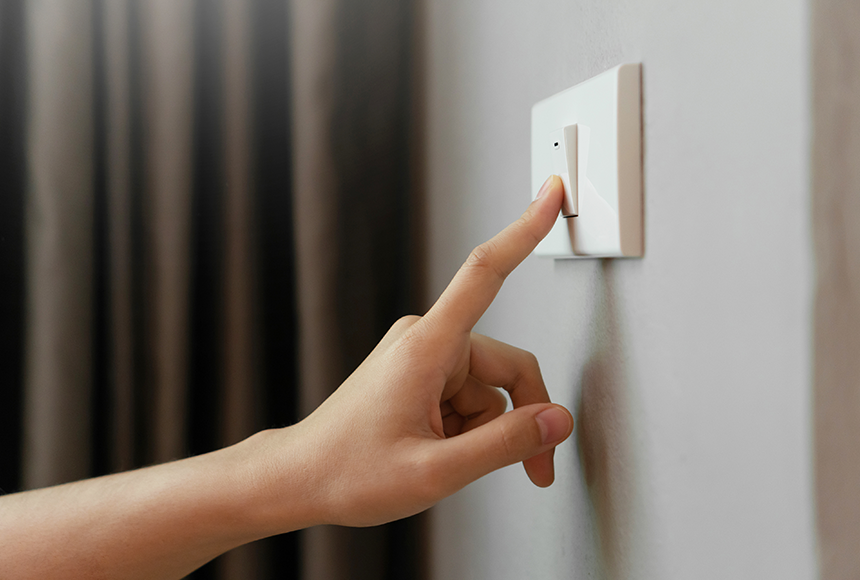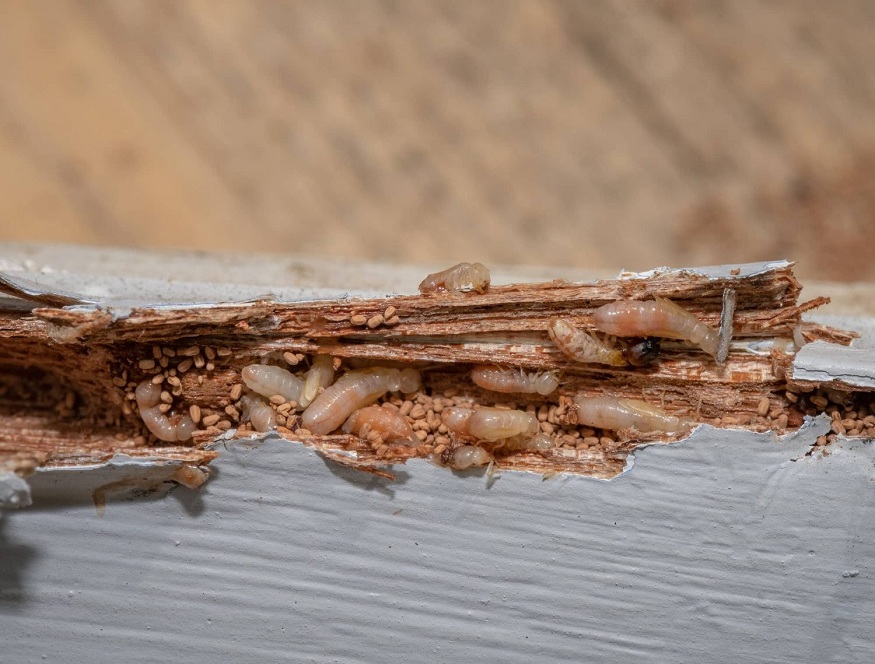2,048 Views
Taking your first step onto the property ladder can be both exciting and daunting. With so many mortgage options available, it’s crucial to understand what’s best for your unique situation. A first time buyer mortgage guide can give insight to what you can afford and the process.

Many first-time buyers lean towards fixed-rate mortgages for the predictability they offer, while others gamble on tracker or discounted mortgages hoping for long-term savings. Seeking expert mortgage advice early on can help you navigate these choices and set a realistic budget. By consulting a broker, you’ll gain clarity on the best deals and ensure you’re making informed decisions.
Understanding Mortgages for First-Time Buyers
Navigating the world of mortgages can feel daunting, especially for first-time buyers. But understanding the various options available makes the process smoother and helps you make informed decisions.
Types of Mortgages Available
First, let’s look at the different types of mortgages. Repayment mortgages, where you pay off both the interest and the capital over time, are the most common. You’ll make monthly payments until you’ve cleared the loan. Alternatively, there’s the interest-only mortgage. Here, you pay only the interest each month and repay the capital at the end of the term. However, interest-only deals are mostly limited to buy-to-let properties.
Fixed-rate mortgages offer stability. You lock in an interest rate for a set period, usually 2, 3, or 5 years. This predictability in payments can be reassuring. Conversely, variable-rate mortgages have interest rates that can change. Tracker mortgages, for instance, follow the Bank of England’s base rate, while standard variable rates (SVR) are set by individual lenders.
Key Terms Explained
Understanding mortgage terminology aids your decision-making process. Lenders typically assess how much you can afford to borrow based on three factors: salary, outgoings, and credit history. They often lend up to 4 to 4.5 times your salary, factoring in existing debts and financial commitments.
A deposit is the upfront cash paid towards the property purchase. Bigger deposits often result in better mortgage rates. Your credit rating influences your mortgage options. Improving your rating can unlock favourable terms. Remember to cover mortgage fees, including application fees, surveys, and legal costs.
The introductory period refers to the lower interest rate phase of a fixed or tracker mortgage, typically lasting 2, 3, or 5 years. After this, the rate usually reverts to the SVR unless you remortgage. The mortgage term is the overall period you choose to repay the loan, often ranging from 25 to 30 years, though shorter or longer terms are possible.
Affordability and Repayment
Assessing affordability is crucial. Calculate if monthly repayments fit within your budget. Use tools like mortgage calculators to get a sense of how much you can afford. Always factor in potential interest rate changes and their impact on your repayments.
Understanding early repayment terms is also important. Some lenders charge penalties for paying off your mortgage early, which could affect your financial planning. Thoroughly review all terms before making any commitments.
By grasping these key aspects, first-time buyers can confidently approach the mortgage application process, making the dream of homeownership attainable.
Preparing Financially for Your First Mortgage
Navigating the world of first-time mortgages can be daunting, but being financially prepared makes the journey smoother. Understanding what you can afford, saving for a deposit, and knowing your credit score are crucial steps.
Determining How Much You Can Afford
First, it’s essential to know how much you can borrow. Lenders typically allow you to borrow up to 4 to 4.5 times your salary. To calculate this, consider your salary, outgoings, and credit history. Outgoings, such as existing loans, monthly bills, and dependents, play a significant role in determining your borrowing capacity. Use online mortgage calculators to get an initial idea of what you can afford.
For instance, if you earn £50,000 annually and have minimal outgoings, you might secure a mortgage of up to £225,000. Remember, borrowing the maximum amount could strain your finances, so factor in potential interest rate changes and other future expenses.
Saving for a Deposit
A larger deposit generally leads to better mortgage rates. Aim to save at least 5-10% of the property’s value. For a £250,000 house, this means a deposit of £12,500 to £25,000.
For example, government incentive schemes like the Lifetime ISA offer a 25% bonus on savings, helping you reach your deposit goal faster. If you save £4,000 annually, you’ll receive a £1,000 bonus, speeding up your savings journey.
Understanding Your Credit Score
Your credit score influences lender decisions. A high score increases your chances of securing a favourable mortgage rate. Lenders look at your credit history to assess your reliability in repaying loans.
Begin by checking your credit report for any inaccuracies. Regularly paying bills on time and reducing outstanding debts can improve your score. If you’ve faced financial difficulties in the past, consult with a financial advisor to explore ways to enhance your creditworthiness.
Preparing financially for your first mortgage involves a thorough understanding of your financial landscape. By determining how much you can afford, diligently saving for a deposit, and maintaining a good credit score, you’ll be well on your way to securing your first home.
The Mortgage Application Process
Getting a mortgage for the first time can feel like navigating a maze. But don’t worry, understanding the application process helps simplify things.
What Lenders Look For
Lenders assess several factors before approving a mortgage. Your credit score tops the list. They want to see if you’ve managed past debts responsibly. A higher score increases your chances of approval and getting better rates.
Next, they examine your income and employment history. Lenders prefer steady, predictable income. If you’re self-employed, you’ll need to provide tax returns and business accounts for the last two or three years.
They’ll also look at your debt-to-income ratio. This compares your monthly debt payments to your gross monthly income. Lower ratios are more appealing as they indicate less financial strain.
Finally, your deposit size matters. Most lenders require at least a 5% deposit of the property’s value. A larger deposit can reduce the lender’s risk and might get you lower interest rates.
- Check Your Credit Score: Before applying, review your credit report and fix any errors. Boost your score by paying down debts and avoiding new credit inquiries.
- Calculate Your Budget: Determine how much you can afford. Consider factors such as salary, outgoings, and credit history. Lenders usually offer loans of up to 4 to 4.5 times your salary.
- Gather Documentation: You’ll need proof of income, such as payslips or bank statements. If you’re self-employed, gather tax returns and business accounts.
- Get Pre-Approved: Approach a lender or a mortgage broker for a pre-approval. This gives you an estimate of how much you can borrow and shows sellers you’re serious.
- Submit Your Application: Complete the mortgage application, providing all required documents. A broker can help ensure everything’s filled out correctly.
- Home Valuation and Survey: Once your application is submitted, the lender will arrange for a property valuation. It’s also wise to commission a survey to check the property’s condition.
- Affordability Assessment: The lender will perform an affordability check, scrutinising your finances to ensure you can handle the repayments.
- Receive the Offer: If approved, you’ll get a formal mortgage offer. Review it carefully and consult your broker or solicitor if unsure about any terms.
- Conveyancing: Engage a conveyancer to handle the legal transfer of property. They’re crucial in making sure there are no hidden issues with the property.
- Complete the Purchase: Arrange building insurance and organise the final steps for completion. This protects your new investment from day one.
Understanding what lenders look for and the steps involved demystifies the mortgage application process. With careful preparation, you can increase your chances of securing that dream home.
Additional Costs and Fees
Buying your first home is exhilarating but it’s not just about the mortgage itself. Several additional costs and fees can catch you off guard if you’re not prepared.
Survey and Valuation Fees
Lenders insist on a mortgage valuation to assess if the property is worth the amount being borrowed. Some mortgage deals include this for free, but otherwise, you’ll need to pay. There are different types of surveys, each varying in detail and cost:
- Basic Valuation: This is for the lender’s benefit, ensuring the property is worth the loan amount.
- Homebuyer’s Report: A more detailed inspection, highlighting issues that could affect the property’s value.
- Full Structural Survey: The most comprehensive, inspecting structural integrity and potential repairs needed.
For example, a basic valuation might cost around £250, while a full structural survey could go up to £1,500. It’s worth considering these options based on the property’s condition and your peace of mind.
Conveyancing Fees
Conveyancing refers to the legal process of transferring property ownership. You’ll need a solicitor or conveyancer to handle this, and their fees can add up. Expected fees include:
- Solicitor or Conveyancer Fees: Range between £500 and £1,500 depending on the complexity.
- Search Fees: Local authority searches, water, drainage and environmental checks, typically costing around £250–£300.
- Land Registry Fees: Necessary to register ownership, usually between £200 and £300.
Make sure to get quotes upfront and compare services. Some brokers may recommend conveyancers, but it’s wise to do your own research to ensure you get the best deal.
Stamp Duty Consideration
Stamp Duty Land Tax (SDLT) is a significant expense when buying property. First-time buyers in England and Northern Ireland might benefit from reduced rates or exemptions. Here’s a quick rundown:
- Properties up to £300,000: No stamp duty.
- Properties between £300,001 and £500,000: 5% on the amount over £300,000.
- Properties above £500,000: Normal rates apply.
In Scotland, you’ll pay the Land and Buildings Transaction Tax (LBTT), and in Wales, it’s the Land Transaction Tax (LTT). Knowing the threshold and rates helps you budget accordingly.
Navigating the additional costs when buying your home might seem daunting, but being informed helps you plan better. By understanding and anticipating these expenses, you avoid unwelcome surprises and make your home-buying journey smoother.
Mortgage Options and Help for First-Time Buyers
Navigating the mortgage maze, especially as a first-time buyer, can feel overwhelming. But don’t worry – with some practical advice, you can find the right option for you. Let’s explore the various mortgage options and assistance available.
Government Schemes and Incentives
Good news! The government offers several schemes and incentives designed to help first-time buyers get on the property ladder. These schemes can make purchasing your first home more affordable and less stressful.
- Shared Ownership Scheme: With shared ownership, you purchase a share, typically between 25-75%, of a property and pay rent on the remaining portion. This scheme makes home ownership more accessible, especially if you can’t afford to buy a property outright. Over time, you can buy additional shares until you own the property completely.
- First Homes Scheme: This initiative provides newly built homes at a discount of 30-50% below market value. It’s specifically for first-time buyers and key workers, helping them buy a home in their local area.
- 95% Mortgage Scheme: Launched to make home-buying more attainable, this scheme allows you to purchase a home with just a 5% deposit. It’s ideal for those who can afford monthly repayments but struggle to save a large deposit.
Guarantor Mortgages and Shared Ownership
If you’re struggling to secure a mortgage on your own, don’t fret. There are options available, such as guarantor mortgages and shared ownership.
Guarantor Mortgages: Got a family member willing to help? They can act as a guarantor, securing the mortgage with their property or savings. This can be particularly helpful if your income is low or your credit score isn’t great. Essentially, the guarantor agrees to cover the repayments if you’re unable to, giving lenders more confidence in offering you a loan.
Shared Ownership Mortgages: This combines purchasing with renting. You buy a share of a home and pay rent on the rest, which makes initial costs more manageable. Be mindful, though. There may be restrictions on selling the property, and purchasing additional shares, known as “staircasing,” over time can be involved.
Knowing these options and schemes empowers you to make informed decisions. There’s plenty of help available if you take the time to explore your options. Whether it’s government incentives, family support through guarantor mortgages, or flexible shared ownership plans, there’s a path to home ownership that can work for you.
Choosing the Right Property
Deciding on the ideal house for your first purchase can be challenging. You’ll need to weigh various factors to pinpoint the best fit for your lifestyle and budget.
Factors to Consider in Your Property Search
Start by listing non-negotiables. Do you need a certain number of bedrooms or a garden? Considering your current needs and future plans can guide your choices. Look at the property’s condition. Are there any significant repairs or refurbishments required? Conducting a thorough property survey helps unearth potential issues.
Budget plays a crucial role. Set a maximum spending limit and stick to it. Factor in not only the mortgage but additional costs like solicitor fees, Stamp Duty, and moving expenses. Use affordability calculators to gauge this.
The community impacts your living experience. Check local amenities, schools, public transport, and shopping options. Visit at different times of the day to get a sense of the neighbourhood’s vibe.
Think about resale value. While it may seem premature, buying in an area with growth potential ensures your investment appreciates over time.
The Importance of Location and Property Type
Location, location, location. It’s not just a phrase; it affects your daily life and property’s value. Prefer urban energy or suburban calm? Weigh commute times, access to public transport, and proximity to family and friends.
Property type matters too. Flats may be low maintenance but often have service charges. Detached houses provide privacy but come at a higher price. Assess your lifestyle needs when choosing between options like apartments, terraced houses, or semi-detached homes.
Conclusion
Embarking on your journey as a first-time buyer can be both exciting and daunting. By arming yourself with the right knowledge and understanding the various aspects of mortgages and home buying you can make informed decisions that align with your financial situation and personal preferences.
Remember to consider all costs involved and explore available government schemes that might ease your path to home ownership. Choosing the right property in a location that suits your lifestyle is crucial for long-term satisfaction and investment value.
With careful planning and a clear understanding of your options you’re well on your way to securing your dream home.
 Early response is essential for properly managing a pest invasion. Whether you deal with insects or mice, the earlier you consult a professional, the better. You should be aware of any hint of pest activity to guarantee expert assistance as early as possible. Pest infestations bring undesirable insects, rodents, and more into your house, business, and property.
Early response is essential for properly managing a pest invasion. Whether you deal with insects or mice, the earlier you consult a professional, the better. You should be aware of any hint of pest activity to guarantee expert assistance as early as possible. Pest infestations bring undesirable insects, rodents, and more into your house, business, and property. 

 The festive season is the perfect time to infuse your home with vibrant energy and transform your living space into a haven of warmth and happiness. One of the most impactful ways to achieve this is by updating your walls with colours that radiate festivity and positivity. Whether you are gearing up for Diwali, Christmas, or any other celebration, the correct wall colours would truly make all the difference. If you’re looking for painting services,
The festive season is the perfect time to infuse your home with vibrant energy and transform your living space into a haven of warmth and happiness. One of the most impactful ways to achieve this is by updating your walls with colours that radiate festivity and positivity. Whether you are gearing up for Diwali, Christmas, or any other celebration, the correct wall colours would truly make all the difference. If you’re looking for painting services, 










